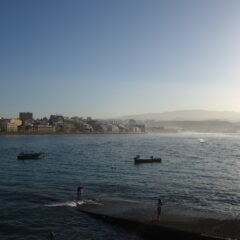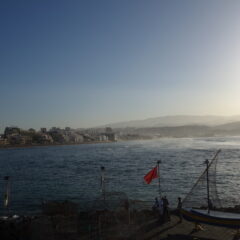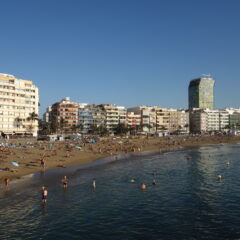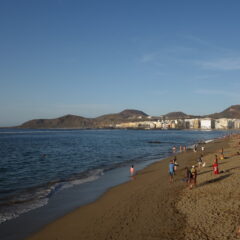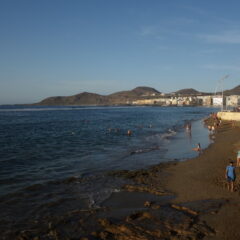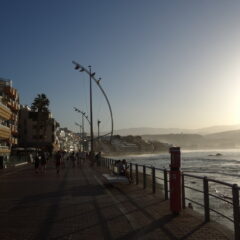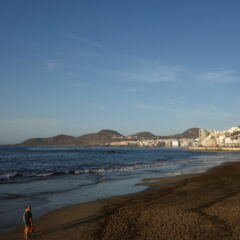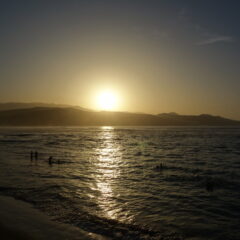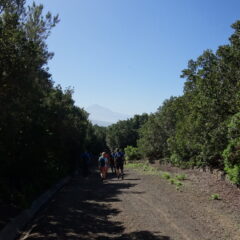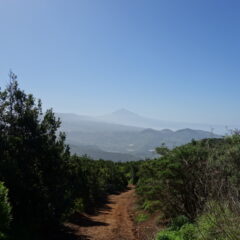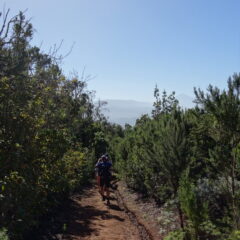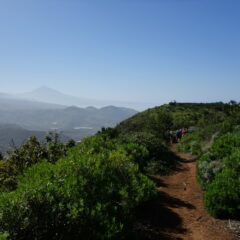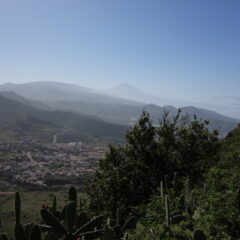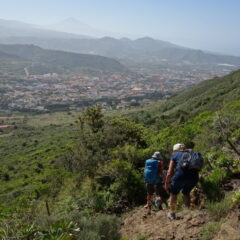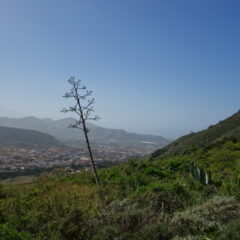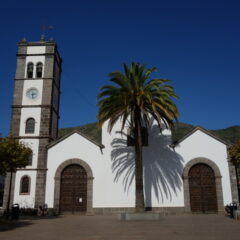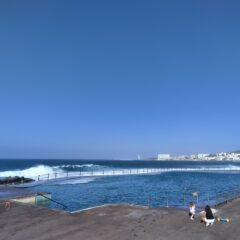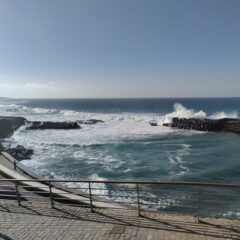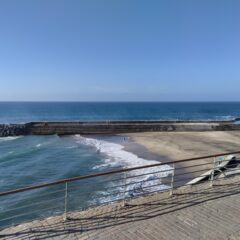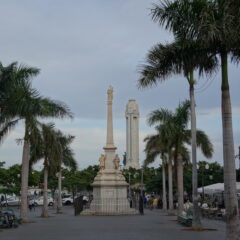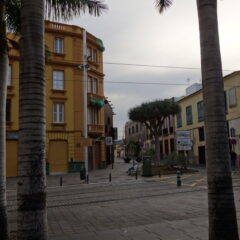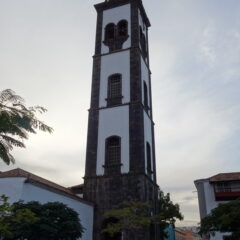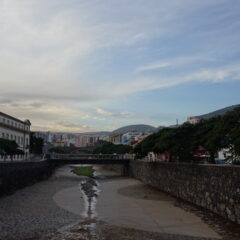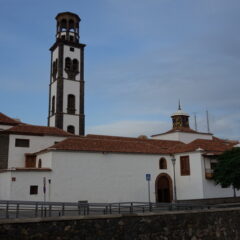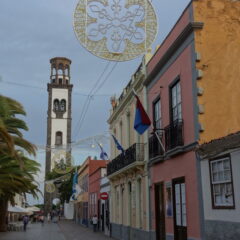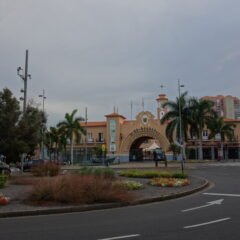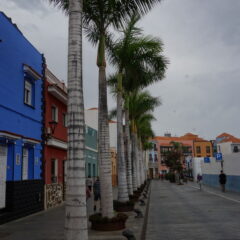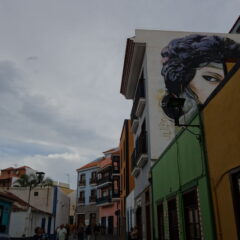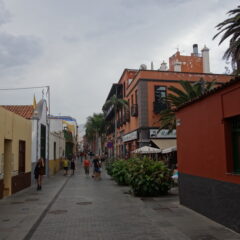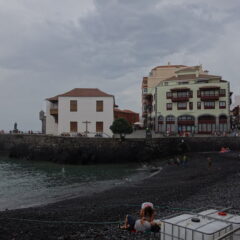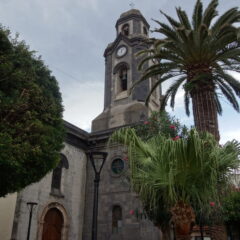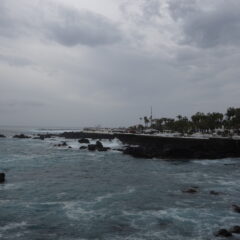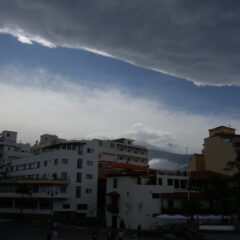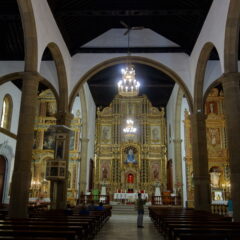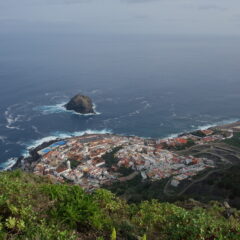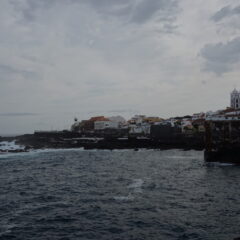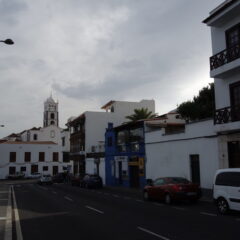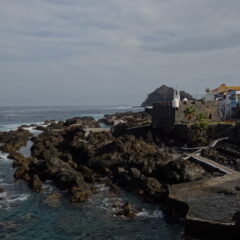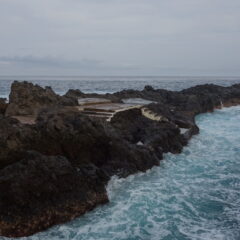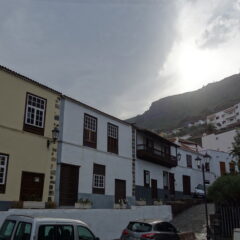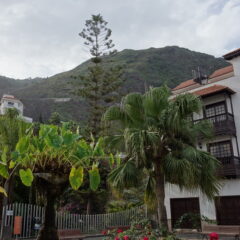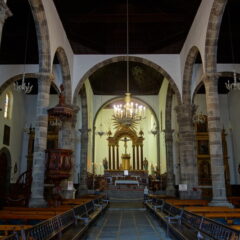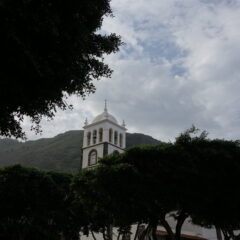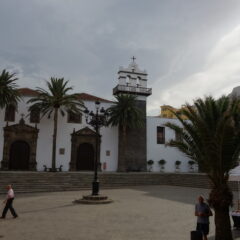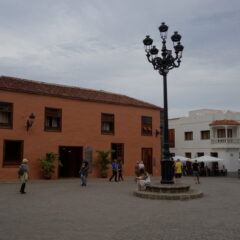We made it into Las Palmas de Gran Canaria in the late afternoon – a quick bus transfer got us to the hotel. After a bit of freshen up, I got out and made my way to nearby Las Canteras Beach for a walk along the promenade and into the sunset.
Author Archives: Björn
From Sydney to New Caledonia – and on to Gran Canaria
Gallery
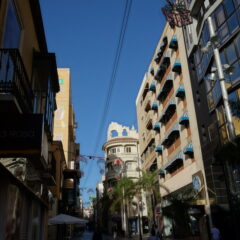
This gallery contains 20 photos.
We had another half day in Santa Cruz – before leaving the island (and our guide) behind and continue on to Gran Canaria. We spent the morning with a bit of a sightseeing tour of town, once more getting started … Continue reading
Hiking to Tegueste – and on to Bajamar
Our picnic lunch closed with mango and a speech, to give a big Thank You to our tour guide; after that we engaged into a short hike down to Tegueste.
The bus (actually yet another one) was waiting for us at Tegueste’s Iglesia de San Marcos Evangelista; from here it was down to Bajamar and its natural swimming pools – for a refreshing dip into the pool (with the waves crushing in) – followed by a coffee or a drink (non-alcoholic beer for me, to get that salty ocean taste out of my mouth).
San Cristóbal de La Laguna
Gallery
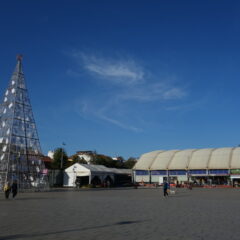
This gallery contains 20 photos.
We were back to higher ground today, making our way to San Cristóbal de La Laguna (or just La Laguna in short). We kicked things off with a quest for cheese, wine, bread and vegetables at the municipal market – … Continue reading
Pirate Bay Hike (Playa de Antequera)
Gallery
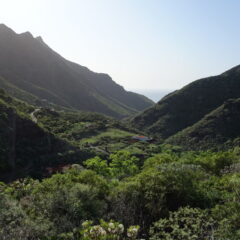
This gallery contains 23 photos.
We were exploring Tenerife’s far North today, first going by bus along the coast to San Andrés for a coffee stop (with probably the stiffest, most-motor-oil-like and as such best coffee on the whole trip), then along Playa de Las … Continue reading
Arriving in the Capital – Santa Cruz de Tenerife
We made it into Santa Cruz de Tenerife in the late afternoon, heading straight to our hotel – centrally located right at Candelaria Square. I did a bit exploration in the vicinity, getting a glimpse of Plaza de España, making may way over to Iglesia de Nuestra Señora de la Concepción.
From Botanical Garden to Garden City …
Gallery
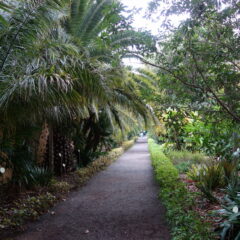
This gallery contains 16 photos.
From Puerto de la Cruz it was up to Tenerife’s Botanical Garden. This garden was originally created back in the 18th century, to see how the plants from the new world would be doing in a more European climate – … Continue reading
… and on to Puerto de la Cruz …
Puerto de la Cruz was our next stop. After a quick guided tour around town, we were given free time for our own explorations and/or ice cream.
Back to Tenerife – Garachico
Today we had an early start, looking to get on the 07:00 ferry back to Tenerife.
When we got back to Los Cristianos, a bus was already waiting for us – and we continued the journey heading for Tenerife’s Northern side – with Garachico being the first destination. Here we first had a stop, to enjoy the view from top – to then continue to the verge of the village, with good vistas of Castillo San Miguel and getting a closer look at the natural swimming pools along the Caletón. It was on into the village with stops at a park, the church of Santa Ana and on to Liberty Square for a second breakfast (supporting a local school class in their effort to finance their class trip).
A walk – passing by the church to nuestra señora de los Ángeles – got us to the bus parking on the other side of the village, from where we continued the journey along the coast.
Into the Valley of the great King …
Gallery
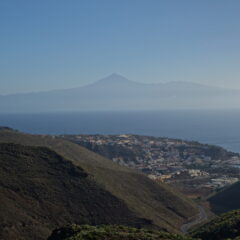
This gallery contains 24 photos.
Today another bus was waiting for us – a cabriolet bus with an open roof (as such removing the masking requirement). We once more made our way up the Ctra. General del Sur, today with a stop at a viewpoint … Continue reading
